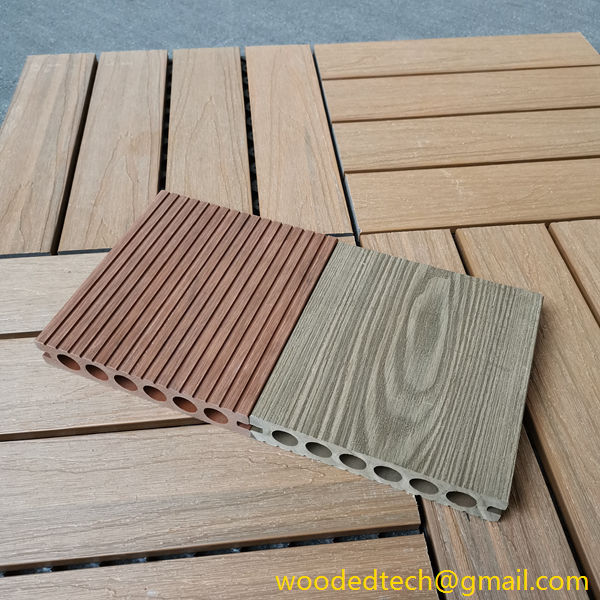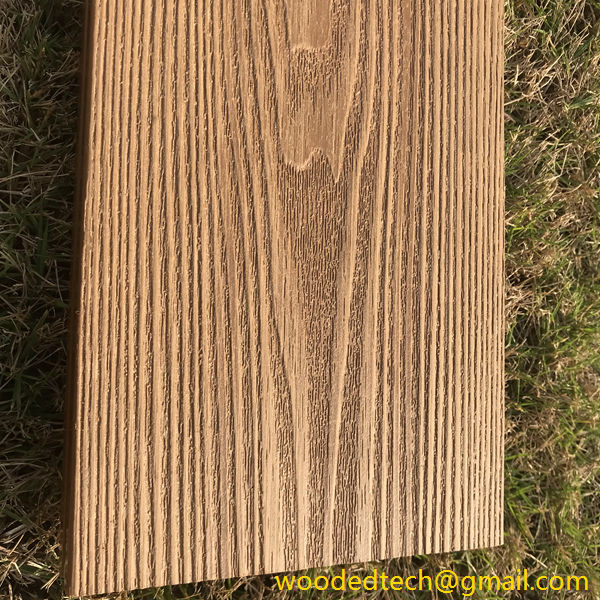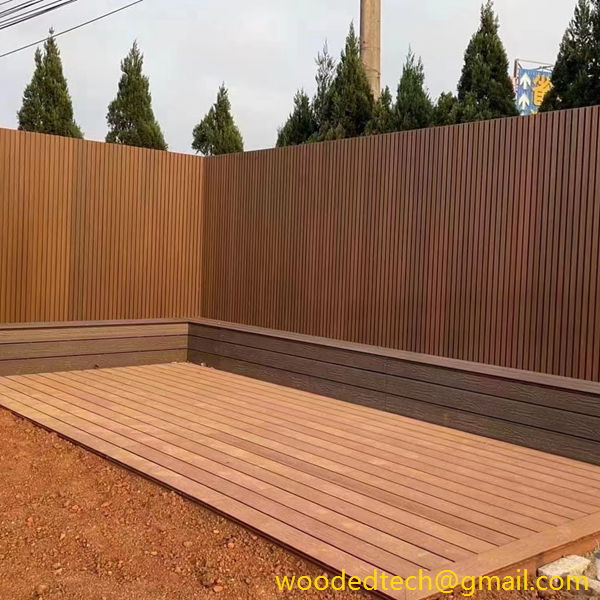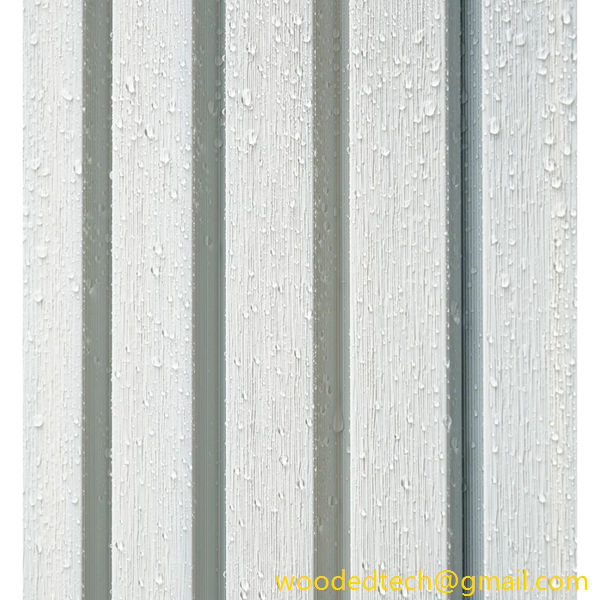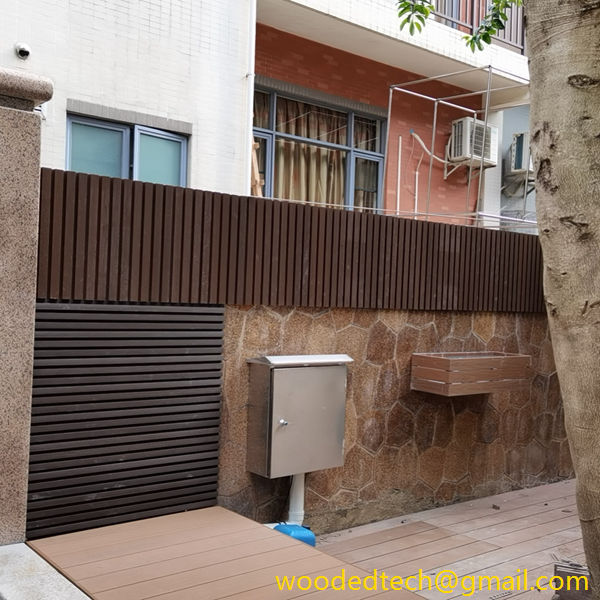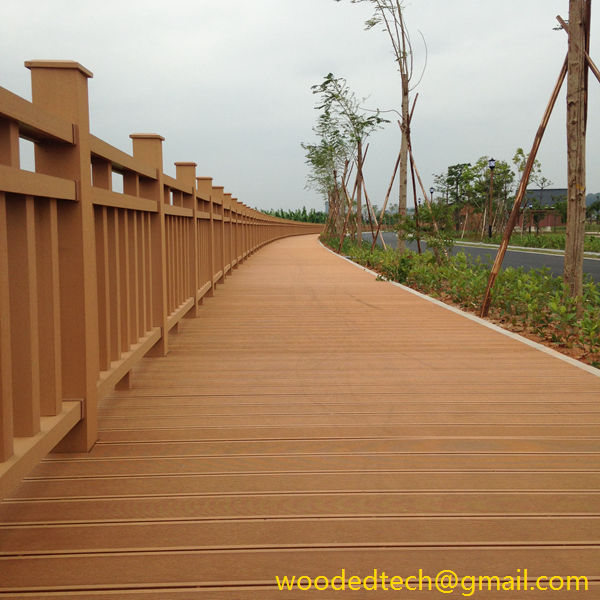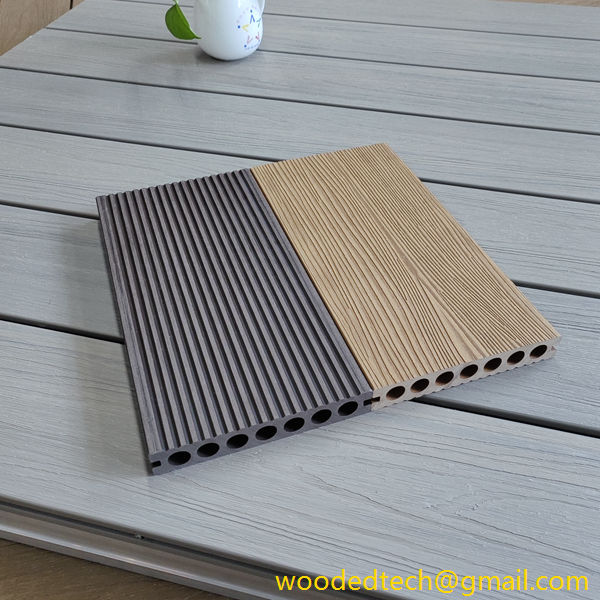Explore the Benefits of WPC Panel 3D Designs for Unique Spaces
Explore the Benefits of WPC Panel 3D Designs for Unique Spaces Wood Plastic Composite (WPC) panels have gained significant popularity in recent years, particularly in the realm of interior design and construction. This innovative material combines the best properties of wood and plastic, resulting in a versatile solution that can be tailored to meet the…
Explore the Benefits of WPC Panel 3D Designs for Unique Spaces
Wood Plastic Composite (WPC) panels have gained significant popularity in recent years, particularly in the realm of interior design and construction. This innovative material combines the best properties of wood and plastic, resulting in a versatile solution that can be tailored to meet the aesthetic and functional needs of various spaces. One of the most exciting developments in WPC technology is the advent of 3D designs, which unlock new possibilities for creating unique and visually striking environments.
The benefits of using WPC panel 3D designs are manifold, and they cater to a variety of sectors including residential, commercial, and industrial applications. One of the foremost advantages is the aesthetic appeal these panels offer. Unlike traditional flat panels, 3D WPC designs provide depth and texture, allowing designers and architects to create visually engaging spaces. These designs can mimic natural materials such as wood, stone, or even intricate patterns, offering the beauty of nature without the drawbacks associated with traditional materials.
In addition to their aesthetic merits, WPC panels are remarkably durable. The combination of wood fibers and thermoplastics results in a product that is resistant to moisture, decay, and insect damage. This makes WPC panels an ideal choice for environments that are subject to varying humidity levels or exposure to water, such as bathrooms, kitchens, and outdoor spaces. The longevity of these materials means that they require less frequent replacement, ultimately reducing long-term costs for property owners and developers.
Another significant benefit of WPC panel 3D designs is their lightweight nature. Compared to traditional materials like solid wood or stone, WPC panels are easier to handle and install. This can lead to reduced labor costs and shorter project timelines, making them an attractive option for builders and contractors. The ease of installation also allows for greater flexibility in design, enabling architects to experiment with various configurations and layouts that might be cumbersome with heavier materials.
Moreover, WPC panels are environmentally friendly. As they are made from recycled wood fibers and plastics, their production helps reduce waste and reliance on virgin materials. This makes them a sustainable choice for eco-conscious consumers and businesses. Additionally, many manufacturers are committed to adhering to strict environmental standards, ensuring that their production processes are as green as possible. When WPC panels are used in construction, they contribute to LEED certification and other sustainability initiatives, which are increasingly important to modern consumers and businesses.
From a practical standpoint, WPC panel 3D designs are also easy to maintain. Unlike traditional wood, which requires regular staining and sealing to retain its appearance, WPC panels can be cleaned with simple soap and water. This ease of maintenance not only saves time but also adds to the overall cost-effectiveness of using WPC materials. For busy commercial spaces or residential areas, this feature is particularly beneficial, as it allows for a beautiful finish without the constant upkeep.
The versatility of WPC panel 3D designs extends to their application across different environments. They can be used in a myriad of settings, from residential homes looking for a modern touch to commercial spaces seeking to create a unique customer experience. Retail environments, for instance, can benefit from the eye-catching designs that draw customers in and create a memorable shopping experience. Similarly, offices can utilize WPC panels to break up spaces and create inviting areas for collaboration and creativity.
Furthermore, WPC panels can be customized to meet specific design requirements. Manufacturers often offer a range of colors, textures, and patterns, allowing designers to create bespoke solutions that align with their vision. This level of customization is particularly valuable in high-end residential projects or branded commercial spaces where the design must reflect the identity of the owner or the company.
In the realm of innovation, the technology behind WPC panel 3D designs continues to evolve. Advances in manufacturing techniques allow for increasingly intricate patterns and textures, pushing the boundaries of what is possible with these materials. As technology progresses, we can expect to see even more options for customization and design, further enhancing the appeal of WPC panels in unique spaces.
In conclusion, WPC panel 3D designs represent a convergence of aesthetic appeal, durability, sustainability, and versatility. They offer a modern alternative to traditional materials, enabling designers to create unique environments that cater to the needs of contemporary life. With their ease of installation, low maintenance requirements, and potential for customization, WPC panels are poised to play a significant role in the future of material production technology. As more architects, designers, and builders recognize the benefits of this innovative solution, we can anticipate a growing trend towards the use of WPC panels in a wide range of applications, ultimately transforming the way we think about and design our spaces.

